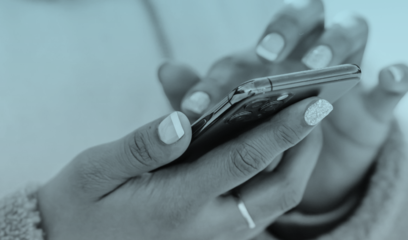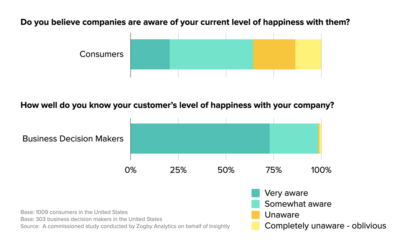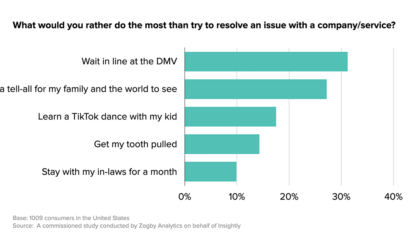If you’re in the market for computers you can strap to your body, you’ve come to the right future. You can control your PowerPoint presentations by waving your arms, track your vertical drop as you hit the slopes, and keep track of what Fido is up to while you’re at work. Want to take your workouts up a notch? Take your pick of fitness trackers that go in your shoes, in your ears, on your wrist, or around your ankle.
These wearable gadgets are certainly useful in our daily lives. But they’re “unitaskers”—each fits only one specific use case or customer goal.
Enter the smartwatch.
Apple’s TV spots feature heartwarming montages of watch wearers waking up to emails from friends, distracting each other with doodles, and boarding planes to reunite with long lost loved ones. They check when the next train is coming, take photos, and turn on the lights in their homes—all with a glance at their wrist or a gentle tap. The tagline “For all the ways you connect, the Watch is here” implies that life is just a little bit better when you’re wearing Apple’s latest gadget.
To find out if smartwatches live up to the hype, we’re partnering with our friends at the user experience research and testing firm AnswerLab. We recently talked with 30 Apple, Android, and Pebble watch owners and prospective buyers to find out why they wanted a smartwatch, what they thought of it so far, and what they’d want their multitasking wearable to do in the future.
Starry-eyed prospective Apple Watch buyers spun out laundry lists of the magical things they assumed it could do—like take videos, monitor blood pressure, and operate independently of a phone. We heard these potential customers say, “I sure hope it does everything my phone can do! It’ll be like a tablet, just smaller.” Then we handed them their watch of choice, let them experiment, and watched the stars in their eyes gradually dim as they struggled to complete simple tasks.
Many of the folks who’d owned watches for weeks or months essentially used them as notification vehicles to alert them when something was worth attention on another device. One Moto360 owner’s most frequent task? “I use it as a timer.”
While they may not spin explicit falsehoods, glossy advertisements and supermodel fanfare raise consumer expectations for these wearables without telling the whole truth. What’s the learning curve for operating a smartwatch? How many apps are readily available—and what do those apps do? How long does the battery actually last?
On the other hand—well, wrist—Pebble takes a decidedly un-Apple approach to promoting its watch: “Just to recap: We made a watch. We didn’t solve climate change.”
Guess what? In our study, Pebble fared comparatively well when it came to user perceptions. One Pebble wearer explained, “it works well, or I wouldn’t have it on. It does what it’s supposed to do.” Pebble owners had modest expectations for what their device could accomplish, and their watch—get this—lived up to their expectations.
Here’s the big takeaway for device manufacturers and app developers: Want to avoid disappointing your customers? Set realistic expectations for smartwatch functionality.




